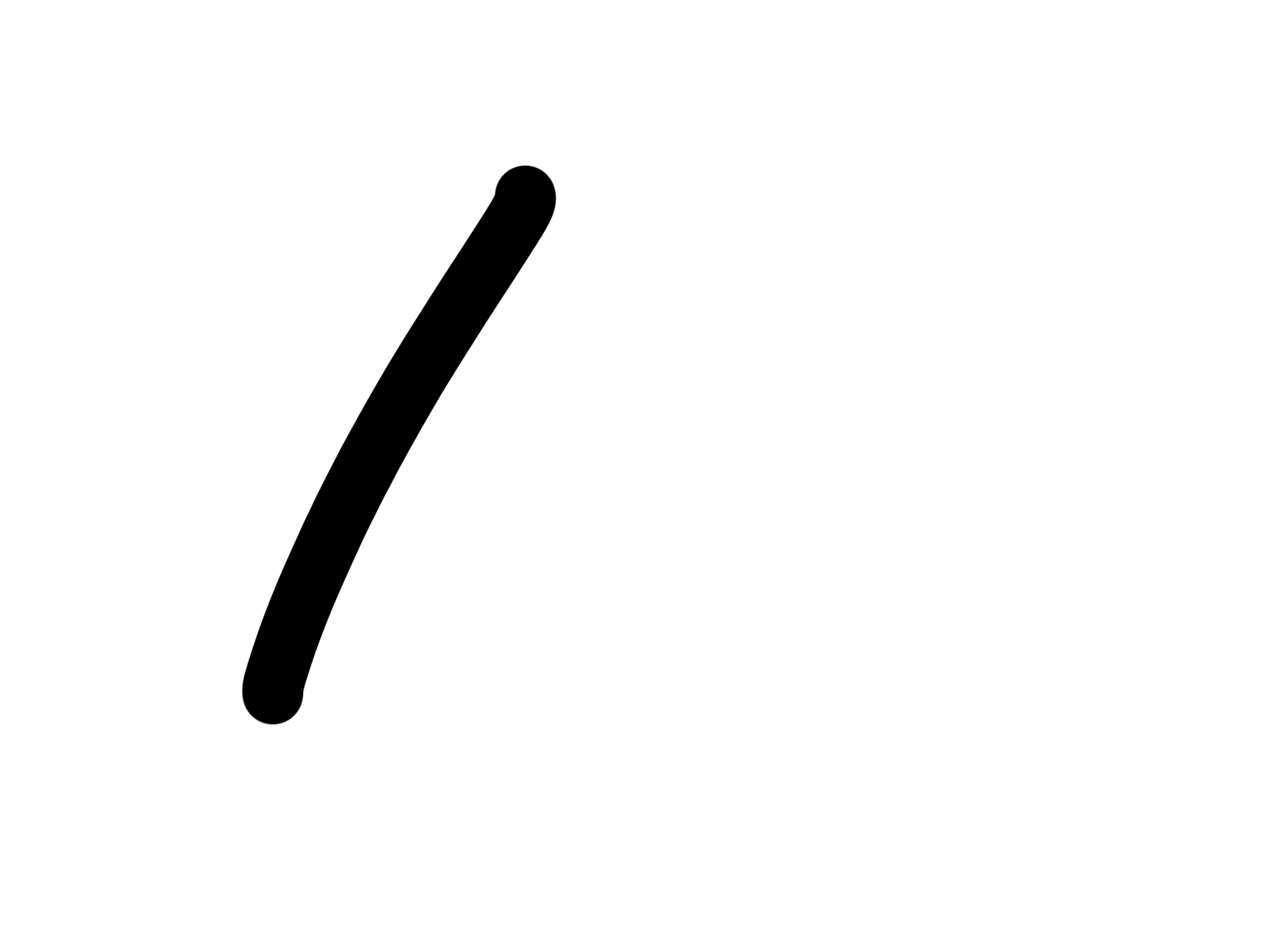Project one: Working with the Found Object
When I visited with picking an object in mind, I found myself drawn to the natural history area of the museum. I thought the posing of some of the taxidermy exhibits were particularly realistic, so I decided to pick one of these as my found object.

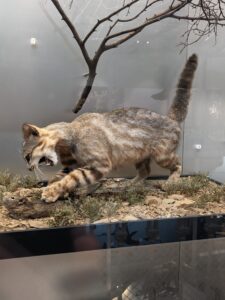



Secondary Research
I researched artists working with taxidermy. The most interesting I found were Harriet Horton and Rose Robson: the former had the largest influence on my final piece with the bright colours, modern aesthetic and dynamic compositions.
Harriet Horton

‘Horton’s approach to taxidermy has always set out to explore animals in a foreign environment from their original habitat. The use of dyes and lighting allow a playful narrative to a medium that sometimes holds a macabre association.’ https://harriethorton.com/about
Rose Robson


‘Rather than recreating the animal… her pieces tend to take the form of sculptural compositions made with the coats of different birds…’
Development and Final Piece
Final Piece: composition of taxidermy animal photos, with sketches overlayed on top and adjusted in photoshop. Bright colours intended to modernise the idea of taxidermy to make it more appropriate for a modern audience, but the composition of the animals is there as a reminder that these animals are competing for survival, whether there a rare wild cat or an urban fox.

- Photoshop development: laying the drawing over the photo, adjusting levels, experimenting with layer modes, isolating the cat as the focal point of the piece
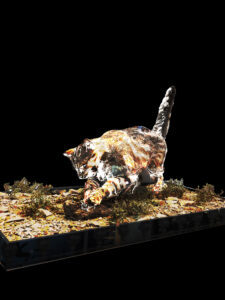

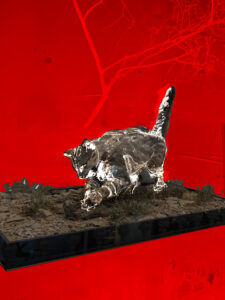

Project 2: Making and Breaking Narrative
For the Making and Breaking Narrative project, I wanted to investigate how the relationship between contemporary art and the materials/methods it uses. As I’m personally interested in traditional methods (primarily oil painting), I wanted to understand why modern art shirks away from these mediums and methods, and stays predominantly in the realms of abstraction and interdisciplinary art.

Secondary Research
For inspiration on the creative process of this project, I found Eisen Benard Benardo’s pieces (where magazine, book and album covers are cleverly merged with tradition paintings) to be the most influential. For the concept of this piece, the closest work was Norman Rockwell’s ‘The Connoisseur’: Rockwell was a highly capable and successful American painter, but he worked almost entirely commercially. This piece was a Rockwell’s way of making a point that he was more than capable of producing the abstractions famed of artists like Jackson Pollock, and takes a stab at the ‘connoisseurs’ who value his work less because it lacks abstraction.
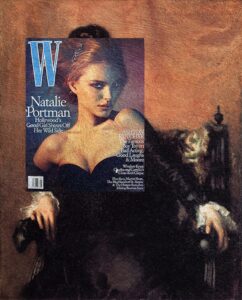



- https://www.behance.net/gallery/27239899/CriterionArt
- https://mymodernmet.com/modern-art-history/
- https://www.behance.net/gallery/27239899/CriterionArt
- https://mymodernmet.com/alexey-kondakov-superimposed-art-history-kiev/
- https://artsfuse.org/147794/fuse-visual-arts-review-norman-rockwell-takes-on-abstraction/
- http://www.nrm.org/thinglink/text/Connoisseur.html
Final Piece
I used photoshop to layer famous abstract paintings over a John Singer Sargent portrait. I altered the opacity, clipped and moved sections, and used different modes to create an arrangement that revealed enough of the portrait whilst also distorting it enough. I didn’t want the modern art pieces to complement or enhance the painting below like on Benard Benardo’s work, I wanted it to feeling jarring and discordant, like the upper layers were vandalising the original painting.
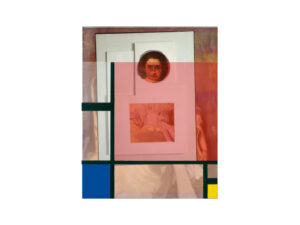
Project 3: Mapping the Soundscape


After taking the sound walk, I a couple of ideas that I thought were interesting, but the one I thought would be the best to develop into a final piece was based on the idea on onomatopoeia. I wanted to develop on the idea that onomatopoeia is often inadequate at describing sounds as there is too much variation between different sounds and often the words themselves don’t actually sound like the sound itself.
Final Piece(s)
For the final piece, I recorded some sounds of specific items in the kitchen. I then listened to each recording and made marks that I felt represented the noises happening within the recording. I then made these marking into GIFs for each recording.


